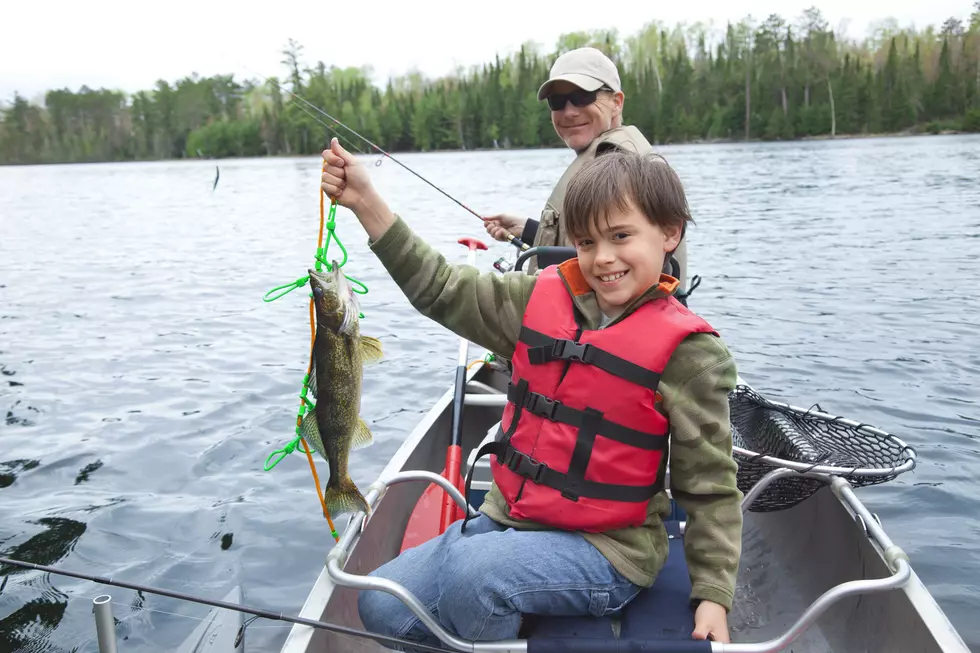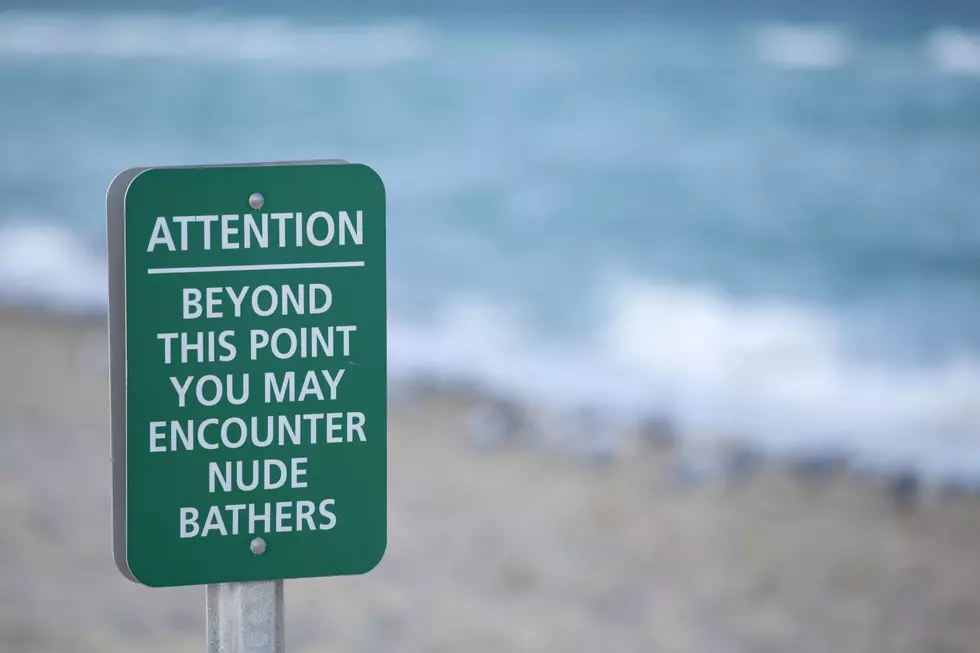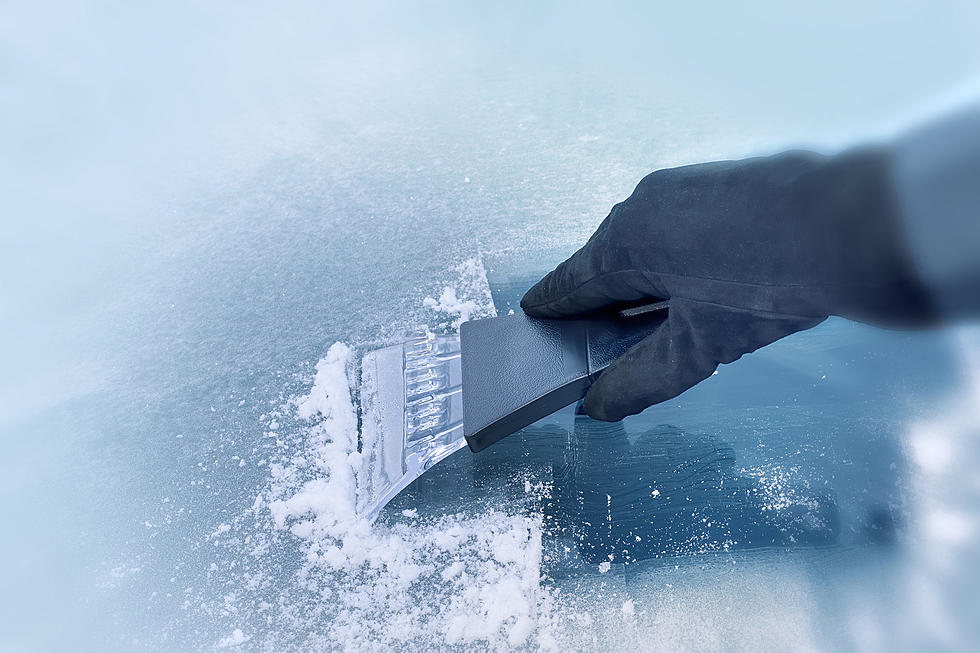
Minnesota DNR Says Wear Life Jackets If You Plan On Fall Fishing
As summer officially winds down on the calendar, there are still plenty of people who will continue to spend time on the water for fishing and hunting. With that in mind, the Minnesota Department of Natural Resources reminds outdoor enthusiasts that wearing a life jacket is more important than ever.
Not only are there life jacket laws in Minnesota, but as temperatures drop, water temperatures follow suit and that can add to the danger should someone end up in the water.
First of all, everyone should be aware of the following are life jacket requirements in
Minnesota:
- State law requires children under 10 years old to wear a properly fitted life jacket
while a boat is underway. Underway means not securely fastened to a permanent
mooring or tied to a dock. - A readily accessible and wearable life jacket is required for each person onboard a boat, this includes canoes, kayaks, stand-up paddleboards, paddleboats and waterfowl boats.
- One Type IV throwable is required on boats 16 feet or longer (except canoes and
kayaks) and must be immediately available. - Personal watercraft operators and passengers must each wear a life jacket

Wearing a life jacket into fall is also important because of the dangers colder water presents. According to the DNR, over 30 percent of boating fatalities in Minnesota happen in cold water with a victim not wearing a life jacket.
Even if you're a great swimmer, cold water can pose a serious threat. Within the first 2 to 3 minutes of cold water exposure, gasping, hyperventilation, panic can set in. Those not wearing a life jacket face a real threat of drowning. Things only get worse from there the longer you're in the water.
Wearing a life jacket gives you a fighting chance. The DNR says if you're wearing a life jacket, this 1-10-1 principle may save your life:
1 Minute
- Get breathing under control
10 Minutes of meaningful moment
- Assess the situation and make a plan.
- Perform most important functions first, such as locating other party members.
- Self-rescue if possible.
- Practice emergency communications and signaling.
1 Hour (or more) of useful consciousness
- Focus on slowing heat loss.
The DNR also says staying with the boat is crucial as most capsized watercraft will still float and a craft in the water is easier for rescuers to locate than just an individual.
The DNR has important information online. Fall is a great time of year to be on the water for outdoor recreation, the key is to take the potential dangers seriously so you're prepared if an accident should occur.
LOOK: Stunning vintage photos capture the beauty of America's national parks

LOOK: Stunning vintage photos capture the beauty of America's national parks
More From KQCL Power 96









